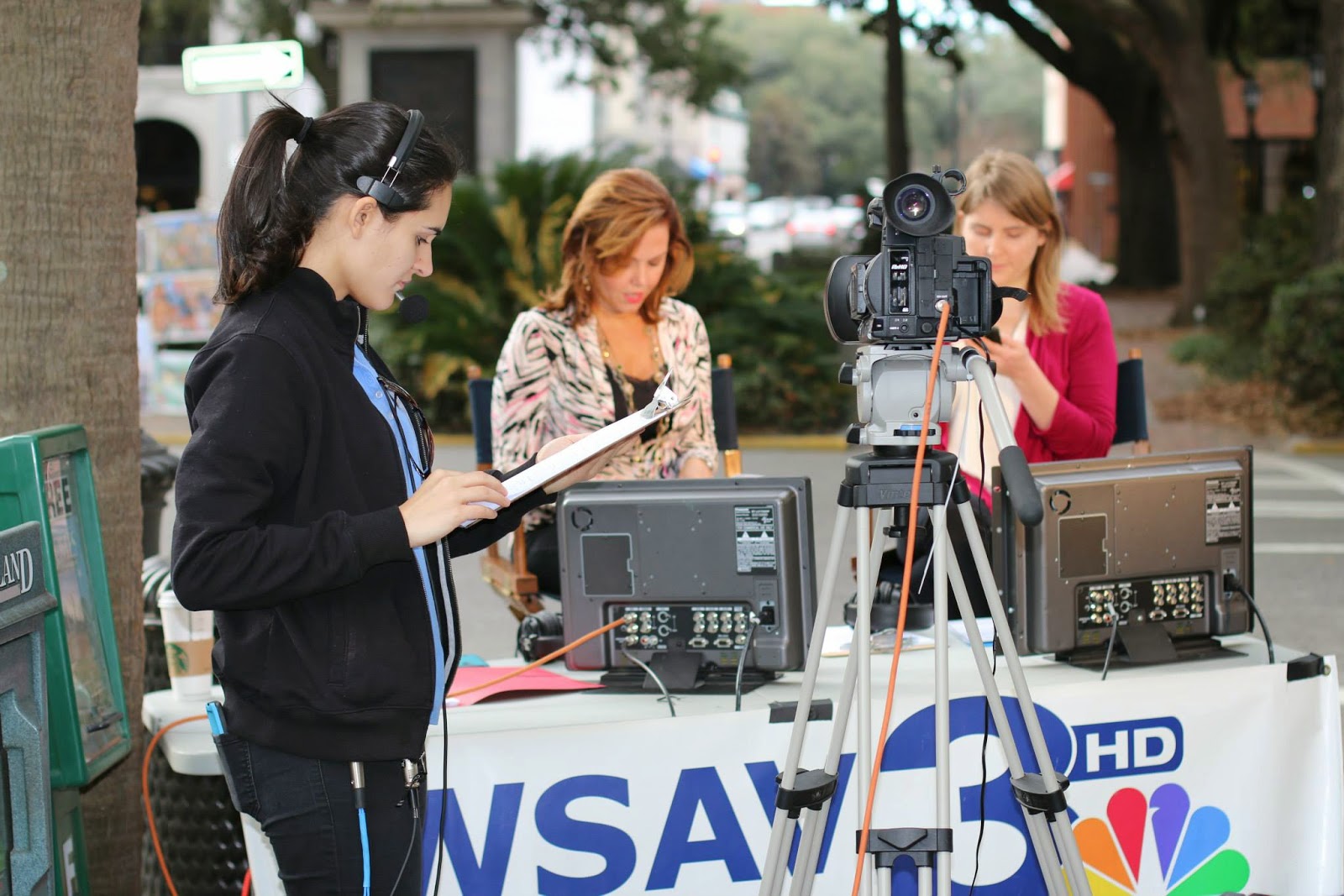Currently, we are at war.
Whether or not the government wants to admit or declare what state we are in, WE ARE AT WAR!
I don't mean to scare anyone but I believe it to be a FACT. People still ask "Oh, we are still involved in Afghanistan? Iraq? I thought we were done?" No, there continue to still be operations over there and people deployed. I just saw a whole group of my friends at Ft Bragg, NC leave for a 9 month tour
I wanted to deploy so much and be a combat reporter but that never really happened, so I settle for staying back in the states and still do what I want. Now I have seen my fair share of war but on the home front.
"Defiance and disrespect
Whether or not the government wants to admit or declare what state we are in, WE ARE AT WAR!
I don't mean to scare anyone but I believe it to be a FACT. People still ask "Oh, we are still involved in Afghanistan? Iraq? I thought we were done?" No, there continue to still be operations over there and people deployed. I just saw a whole group of my friends at Ft Bragg, NC leave for a 9 month tour
I wanted to deploy so much and be a combat reporter but that never really happened, so I settle for staying back in the states and still do what I want. Now I have seen my fair share of war but on the home front.
 |
| One of my patches I will one day hope to use |
Lately, watching the coverage of ISIS/ISIL/IS and the behedings of Journalist James Foley, Steven Sotloff, and British Aid Worker David Haines.
 |
| David Haines, James Foley, and Steven Stoloff |
It got me thinking about how these things keep happening. Why? What are we doing about it? WHY DO WE KEEP COVERING IT?
We mainly can't stop it or do much as reporters but continue reporting. One thing I did see that caught my eye and we as reporters should change. We shouldn't be calling the Terrorist Group by what they want to be called: ISIS - Islamic State in Iraq and Syria or ISIL -Islamic State of Iraq and the Levant. It's already confusing which one.
THEY AREN'T A STATE PEOPLE!!
They are terrorist who took over and gave themselves a fancy name. Same as al-Qaeda. France did asked for us to stop the confusion in reporting by calling them DAESH. France Calls ISIS DAESH.
Now what is DAESH according to the article and other sources: "Daesh is a loose acronym of the Arabic for “Islamic State of Iraq and the Levant” (al-Dawla al-Islamiya al-Iraq al-Sham). Use of acronyms is rare in the Arabic world, with the notable exception of the Palestinian group Hamas (Ḥarakat al-Muqāwamah al-ʾiSlāmiyya)."
If you haven't opened the article, here is the part you should read:
"Defiance and disrespect
- It is also considered insulting, and the IS itself doesn’t like the name Daesh one bit.
- Beyond the acronym, “Daesh” sounds li[k]e the Arabic “Daes”, meaning “one who crushes something underfoot” as well as “Dahes”, which means “one who sows discord”.
- Dahes is also a reference to the Dahes wal Ghabra period of chaos and warfare between Arab tribes which is famous in the Arab world as one of the precursors of the Muslim age.
- “Daesh” therefore has considerably negative undertones. There can be little political ambiguity behind the French government’s decision to deploy Daesh as a linguistic weapon."
Outside my journalistic sense of decorum, I like this name a lot. I'm sure you could understand why, but really why? I think it fits them due to the under tones of what it sounds like to them and second they hate it. This is already a war against reporters and people who are only trying to help innocent people.
Should we call them this instead or what we have already been calling them? I know for the public it may lead to confusion but us as reporters we need to take back the reporting not let terrorist tell us what they want to be called. They shouldn't get to pick, they are doing horrific things, they don't deserve to get recognition for their actions but we give that to them. We continue to sensationalize their actions and they will continue to because we enable it. So we need to change that and start fighting back and maybe calling them DAESH is how we start.




